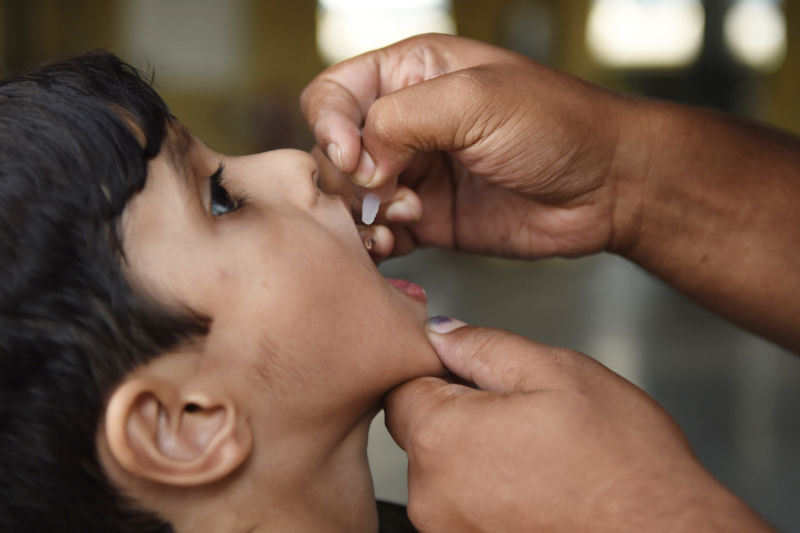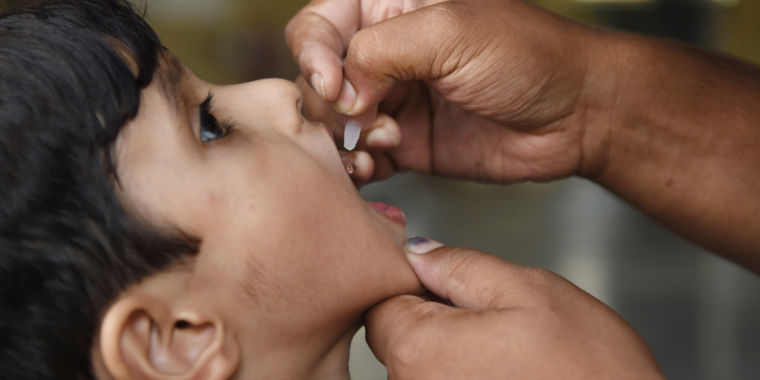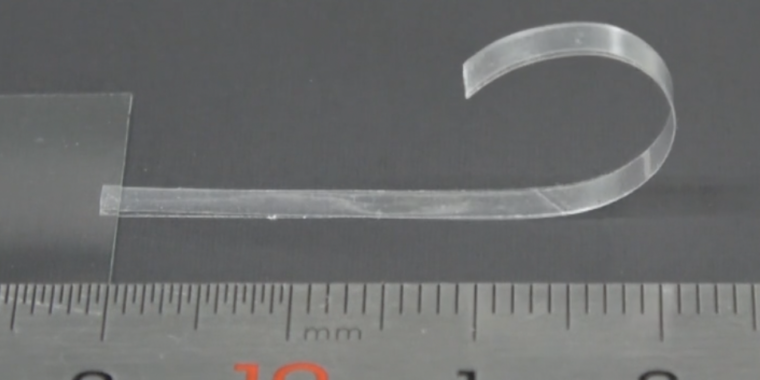
The United States, one of the world’s richest and most developed countries, has met the World Health organization’s criteria to be listed as a country with circulating vaccine-derived poliovirus, the US Centers for Disease Control and Prevention announced Tuesday.
The US now joins the ranks of around 30 other polio outbreak countries, largely low- and middle-income, including Ethiopia, Mozambique, Somalia, and Yemen. Notably, the list includes just two other high-income countries—the United Kingdom and Israel—which have detected the circulation of a poliovirus strain genetically linked to the one spreading in the US.
Specifically, the US met the criteria for WHO’s list by documenting a patient with vaccine-derived poliovirus and having at least one environmental sample of vaccine-derived poliovirus. In July, health officials in New York’s Rockland County reported a case of paralytic polio in an unvaccinated resident who had not recently traveled. Since then, New York officials and the CDC surveilled the spread of the virus in wastewater, finding 57 positive samples from four New York counties and New York City. The dates of the positive samples span from April to a recent sampling in August.
Inclusion on the WHO’s polio outbreak list is a new low point for the US. On the one hand, it reinforces a key global public health message in the campaign to fully eradicate that virus, which is that “any form of poliovirus anywhere is a threat to children everywhere.” But it mainly spotlights the dangerous foothold that anti-vaccine sentiments have gained in the country over the past several decades.
The vast majority of the US population is vaccinated against polio and well protected from the dangerous disease. The CDC recommends that children get three doses of the inactivated polio vaccine by 24 months, followed by a fourth dose between the ages of 4 and 6 years. But vaccination rates have been slipping in recent years, and small pockets of states and counties can have shockingly low coverage. For instance, in Rockland County, just northeast of New York City, the vaccination rate of 2-year-olds was 67 percent in 2020, but slipped to 60 percent currently. And according to zip-code level vaccination data, one area of Rockland County has a vaccination rate as low as 37 percent, with a couple of others in the 50s.
Vaccination challenges
Polio is a particularly prime target for anti-vaccine misinformation. Much of the poliovirus currently circulating in the world today—including in the US—is derived from oral vaccines, which use live, weakened poliovirus to spur immunity. Oral polio vaccines are highly effective at protecting against paralytic polio and are safe and affordable. But, if they’re used in areas with low vaccination rates, the harmless, immunizing vaccine viruses can spread to others through poor sanitation and/or hygiene. If the vaccine continues to moves from person to person, it can pick up mutations along the way that allows it to regain the ability to cause infection and paralytic polio. At this point, the vaccine virus is reclassified as a vaccine-derived poliovirus (VDPV).
The circulation of VDPV has been gobbled up by dangerous anti-vaccine advocates—such as Robert F. Kennedy Jr. and his organization, Children’s Health Defense—who giddily tout the false claim that polio vaccines cause polio. To be clear, polio vaccines are highly effective at safely preventing polio. As always, the lack of polio vaccination causes polio outbreaks.
The US has not licensed or used oral polio vaccines since 2000. Instead, the US and many other high-income countries now use an inactivated polio vaccine, which does not include a live virus. Nevertheless, a VDPV is what is spreading in the US. The vaccine virus was likely carried into the US through someone vaccinated elsewhere. The downside of using an inactivated vaccine is that it is not as potent as the oral doses, meaning that vaccinated people may still be able to spread poliovirus—including VDPVs—though they will be highly protected from paralytic disease.
The CDC and New York officials are now trying to convince vaccine holdouts to get their shots. Last week, New York Governor Kathy Hochul declared a state emergency in an effort to boost vaccination and surveillance efforts.
In a statement today, José R. Romero, director of CDC’s National Center for Immunization and Respiratory Diseases, pressed that:
“Polio vaccination is the safest and best way to fight this debilitating disease and it is imperative that people in these communities who are unvaccinated get up to date on polio vaccination right away. We cannot emphasize enough that polio is a dangerous disease for which there is no cure.”








